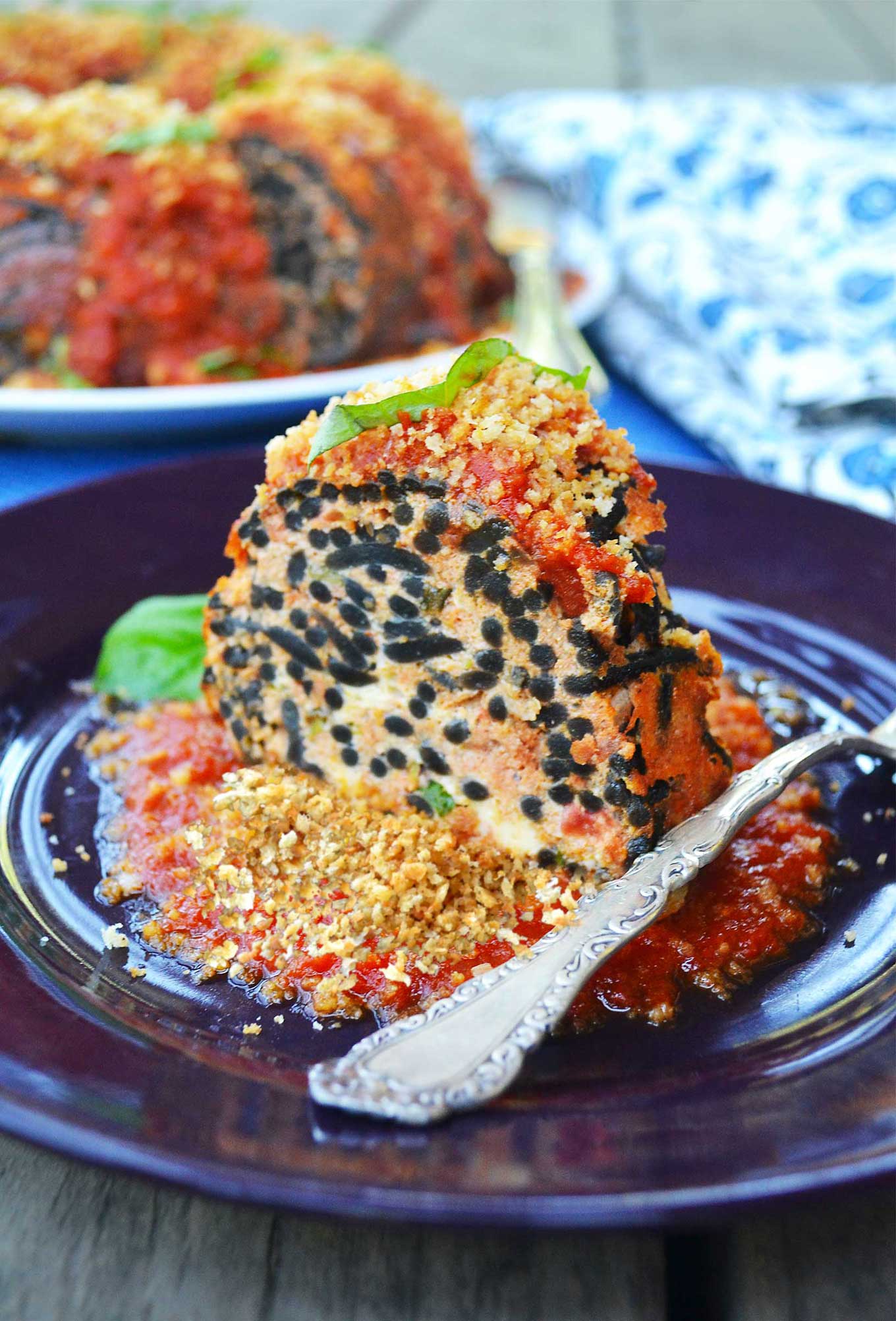
If there was ever a doubt that attractive food is perceived as being more delicious, rest assured, a recent Oxford University study proves it so. Thank goodness for that. I always wondered why I shied away from serving slop to my family and friends. I assumed it was because I didn’t want to appear like a complete, 7-thumbed incompetent at the stove. As it turns out, I was merely taking out ‘enjoyment’ insurance for my guests by making dishes look, well…good enough to eat.
All kidding aside, this is one of those moments where I feel like I have three heads. With all the fascinating things to study out there in the world, I’m at a loss as to why a leading experimental psychologist from a preeminent university would feel the need to prove how our overall enjoyment of food is influenced by our senses (hearing included), moods, and expectations.
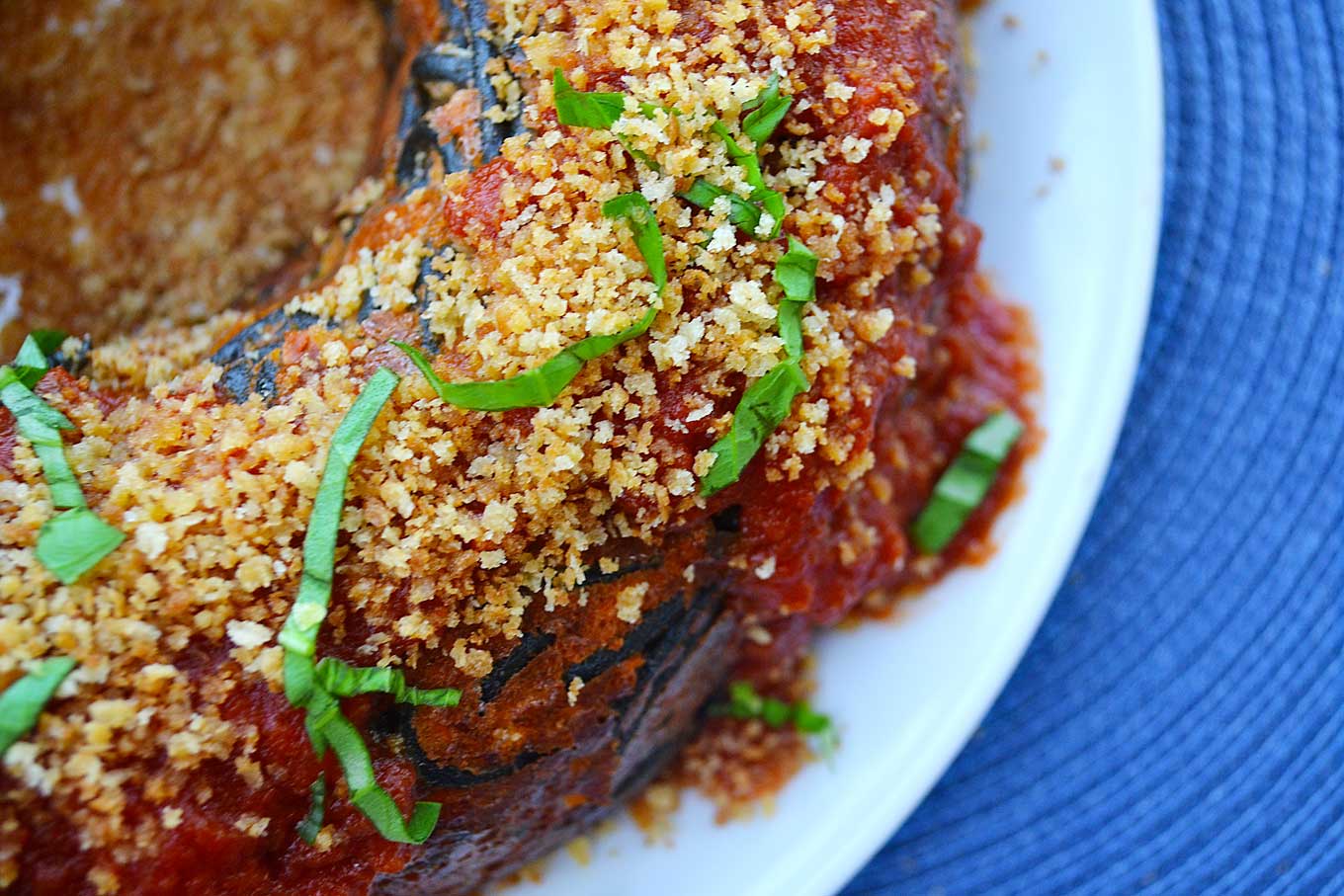
Did the idea really need to be proven? I ask because it seems like something we could all agree upon over a glass of wine. Perhaps I’m bothered by it because I come from a food-obsessed Italian family accustomed to eating first with their eyes, and therefore take the whole food and appearance connection for granted. Perhaps it’s because I’m an unabashed pragmatist; I believe that something foreseeably commonsensical needs to be taken at face value. Or maybe it’s because, above all, I was born with strands of spaghetti jutting out of my mouth and the word ‘foodie’ scribbled on my forehead in tomato sauce (you are welcome for that mental image). Any way I look at it, I can’t imagine appreciating a meal without first delighting in its appearance.
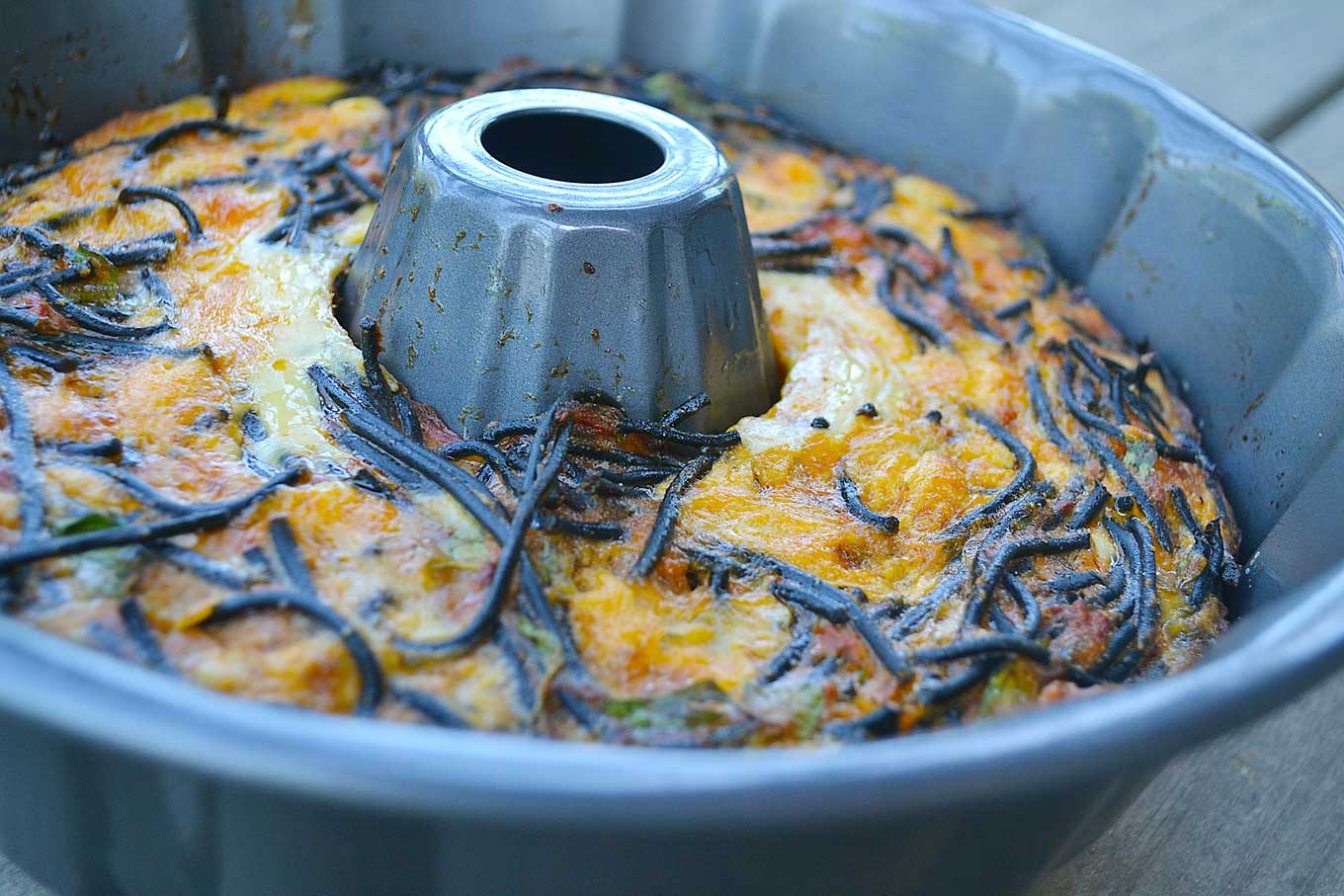
Over the years, I have stuck to basic principles for serving food to heighten ‘plate appeal.’ In the restaurant world this practice is referred to as plating a dish, which is just a nice sounding mechanism chefs use to add a little panache to their offerings. They create vertical food structures and add edible flowers onto food for this very reason. I, on the other hand, tend to focus my efforts around just three foundational principles. They have served me well over the years and take very little time and effort to do.
- Create a balance of multiple colors, preferably not less than three. Because most meats and pastas offer little by way of color, use vibrant vegetables and brightly hued sauces to add interest. Even adding something as simple as a sprig of parsley or basil leaf helps. I remember being distracted once as I planned dinner and ended up serving sautéed chicken (beige) along with mashed potatoes (beige) and roasted cauliflower (once again, beige). While all three foods were quite tasty, the all-beige meal inspired absolutely no enthusiasm. I remember it only to throw it under the bus, as an example of what not to do.
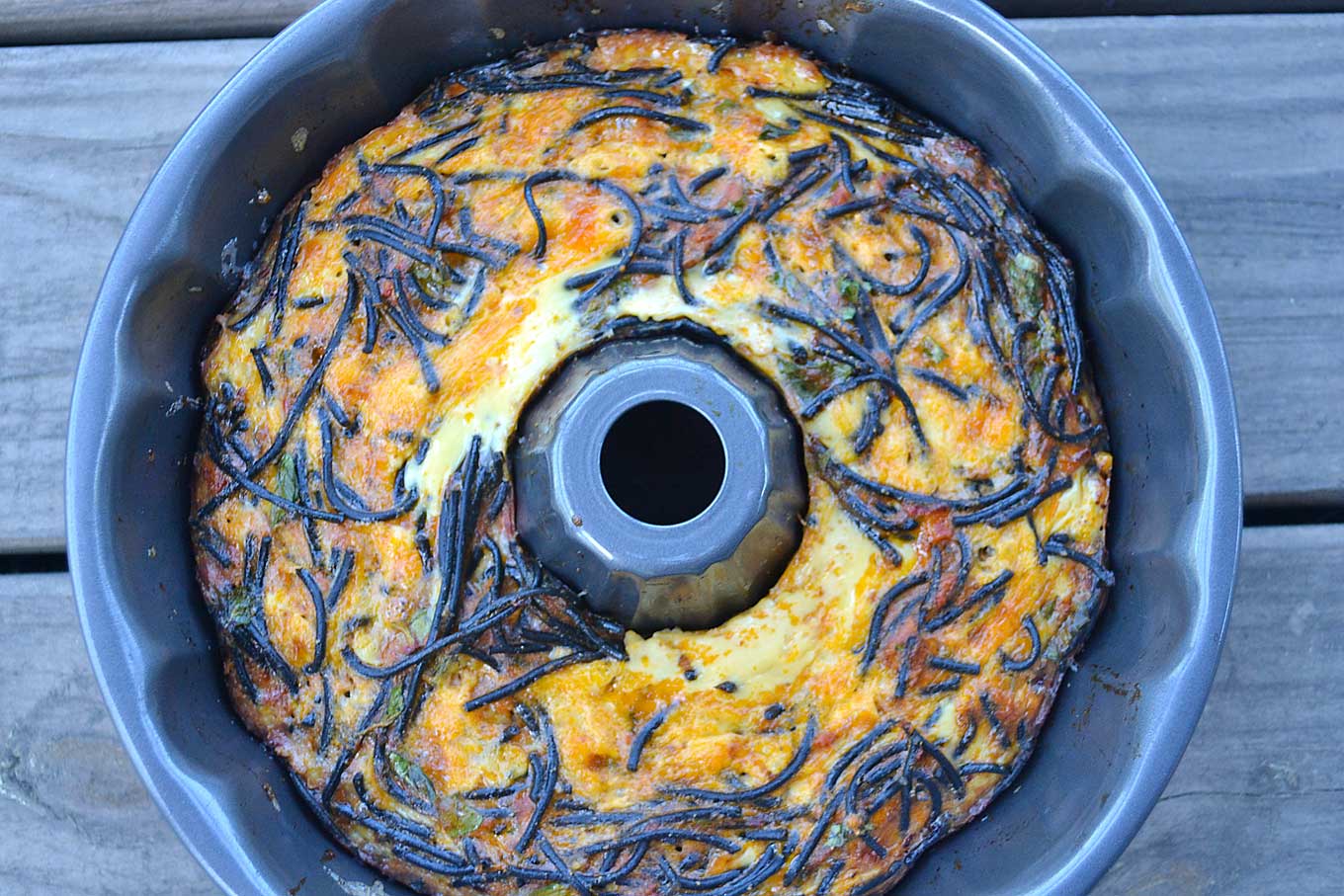
- Mix shapes and textures. The examples here are limitless. Use a combination of round, square and triangular dishes. Chop salad ingredients into completely different shapes. For instance, turn cucumbers into matchsticks, carrots into diagonal rounds, radishes into thin disks. If serving a steak or piece of fish, break up the dense chunkiness by pairing it with something fluffy, like couscous, and leafy, like a salad.
- Add, whenever possible, a dash of dramatic flair. This is essential when serving simple foods. Remember the adage ‘people seldom notice worn clothes if you wear a big smile?’ In a similar vein, people seldom notice humble food, like leftover spaghetti and scrambled eggs, when adorned with a little verve. Also, use colored, good-quality pasta. Sprinkle unexpected edible items on your food, like fine coffee grounds on coffee & maple syrup glazed ribs. The grounds not only contribute oomph; they also add a subtle layer of flavor and additional depth to the dish. It’s a win-win. Slice steaks so that they fan out on a plate or serving platter. It makes them look darn pretty.
For minimal trouble on our part, we can have our eyes eat first. The stomach is only too happy to follow.
making savory squid ink spaghetti bundt frittata
Preheat oven to 375°F.
Break 8 extra large eggs into a large bowl and whisk, along with a couple pinches of salt, ¾ cup freshly grated Parmigiano-Reggiano, and a handful of roughly chopped fresh parsley leaves, until well combined.
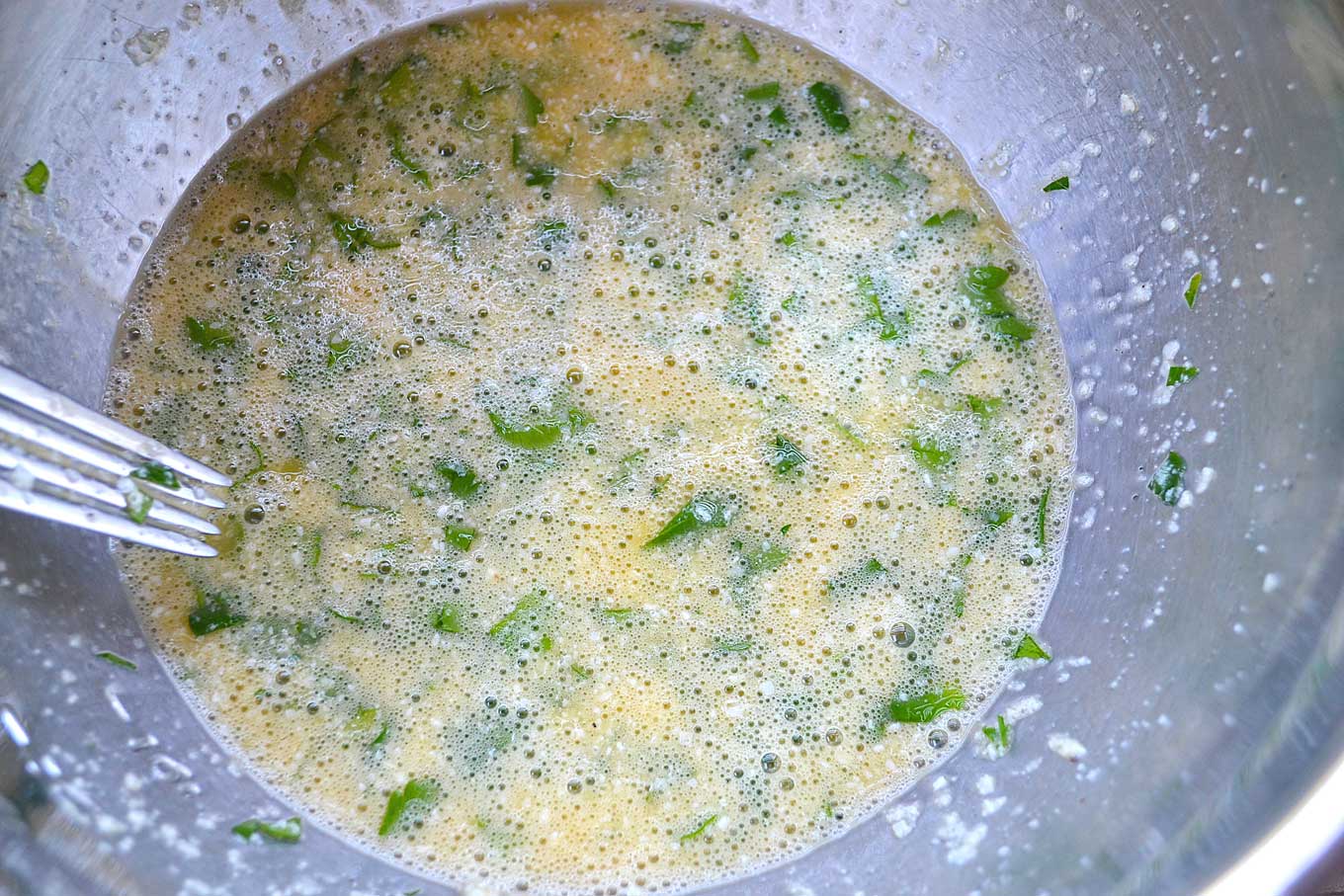
Add 4 cups of leftover spaghetti seasoned with tomato sauce and some additional salt and pepper to taste and mix well.
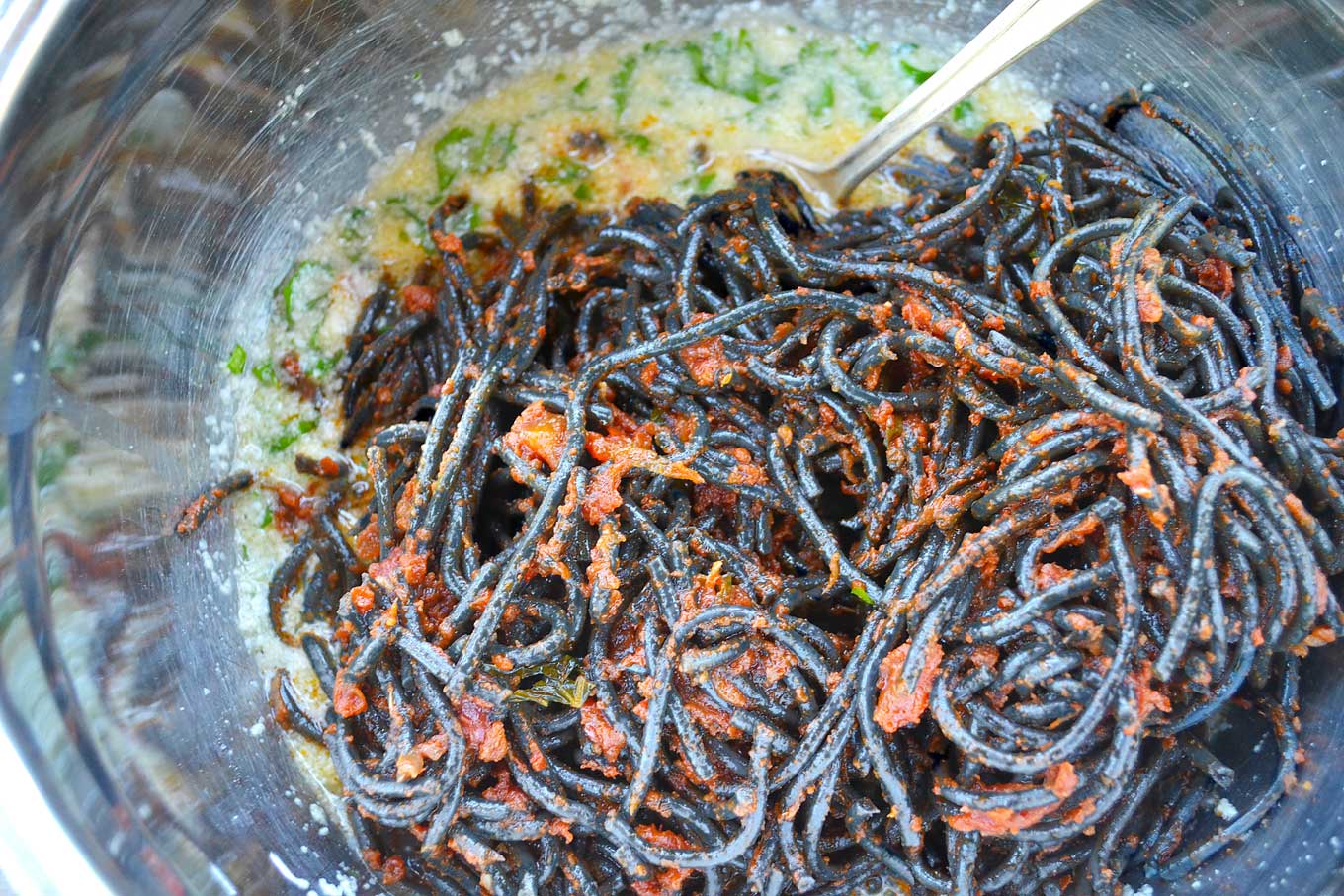
Grease a Bundt pan with 1 tablespoon unsalted butter, making sure the entire surface is covered. Pour the pasta and egg mixture into the pan and flatten the surface down with the back of a large spoon.
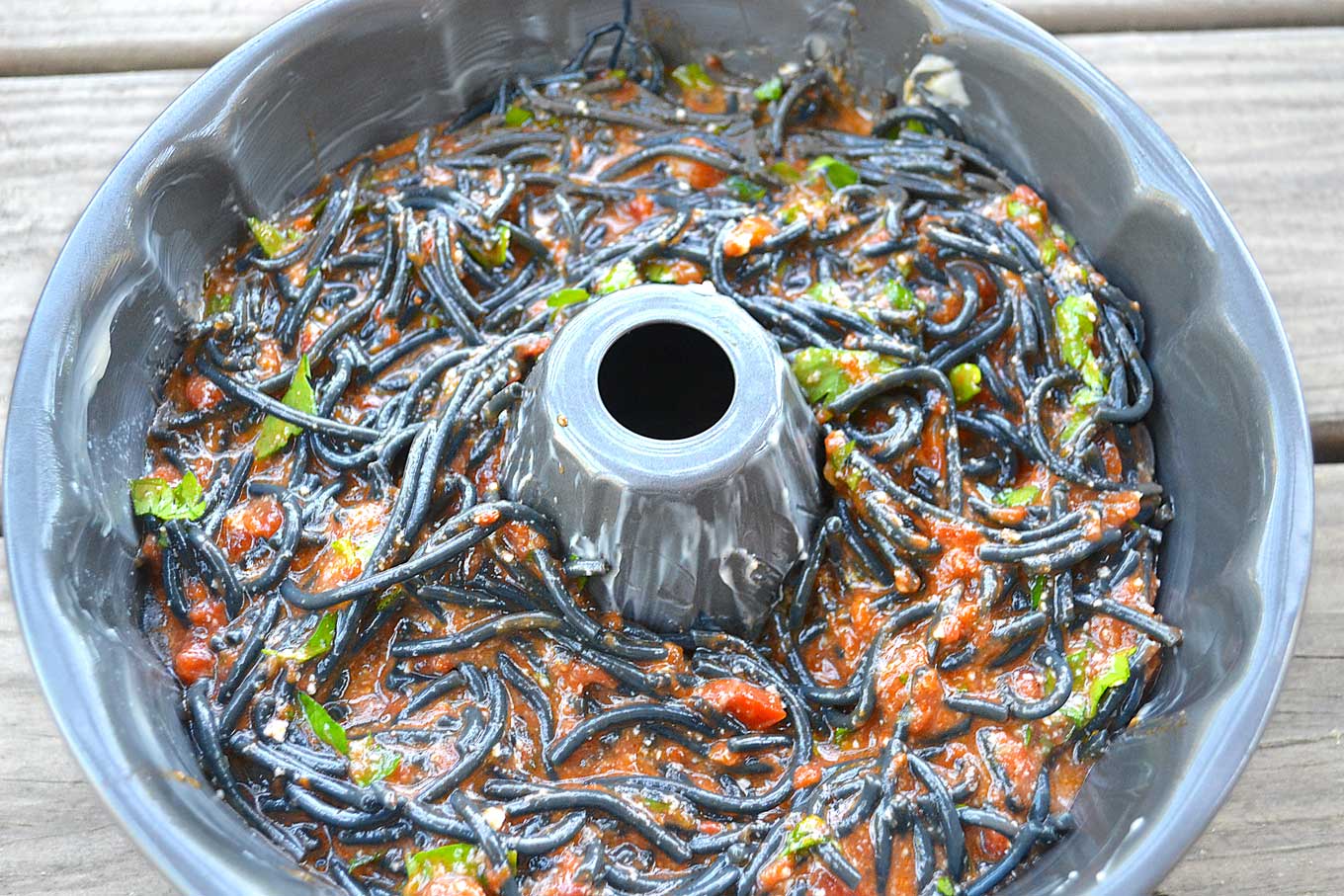
Place Bundt pan on the middle shelf of the oven and lower the temperature to 350°F. Bake for 30 minutes.
Increase oven temperature to 425°F and bake an additional 10 minutes to crisp up the spaghetti mixture touching the Bundt pan. Remove from oven and cool for 15 minutes.
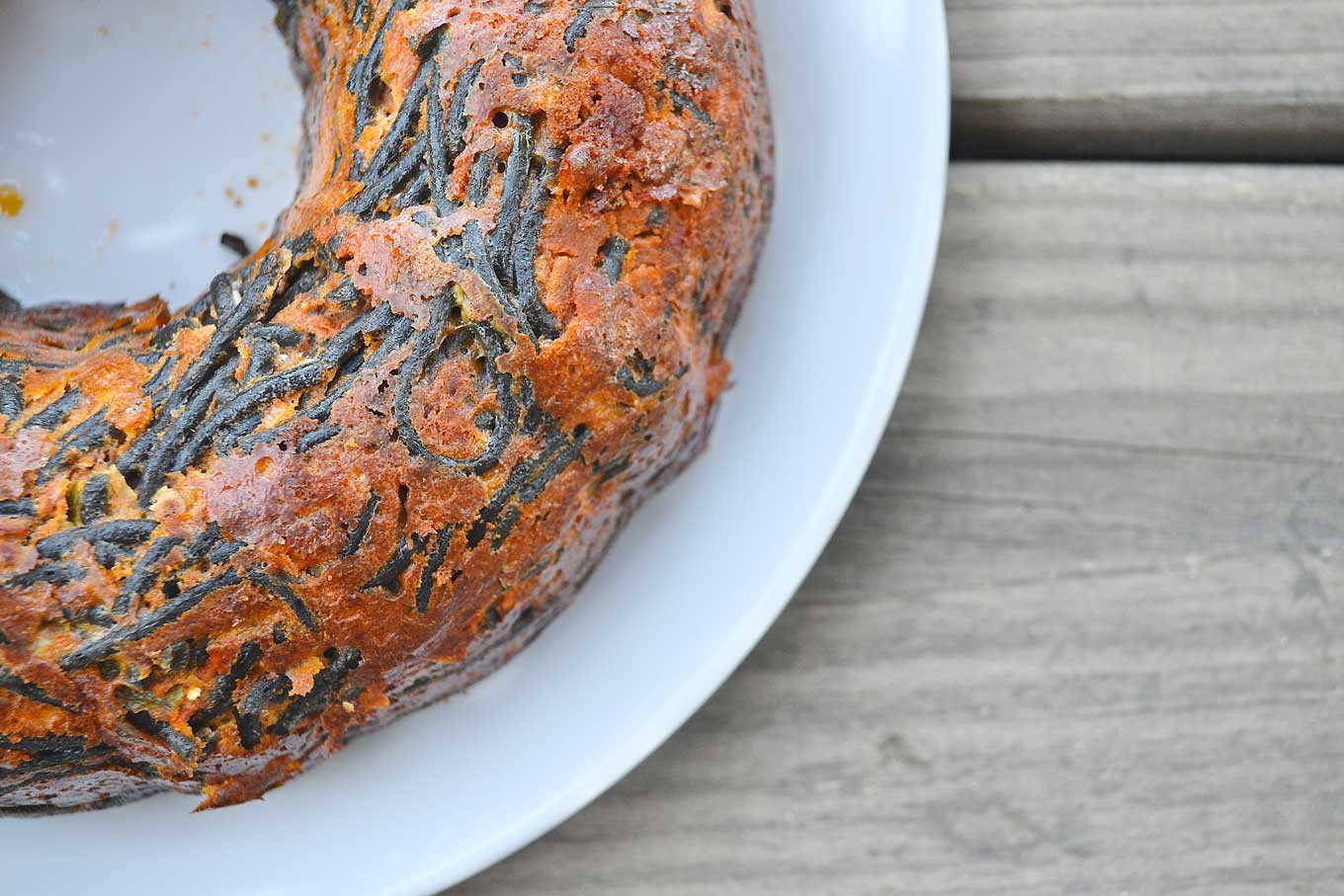
Flip savory cake onto a plate. Top with 1 cup warm tomato sauce and an optional ¼ cup of toasted Panko breadcrumbs and serve. Makes 6 servings.
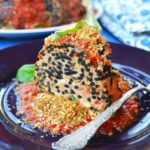


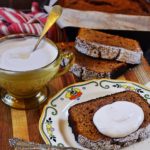
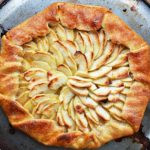
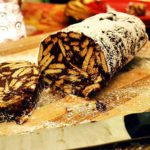
Leave a Reply